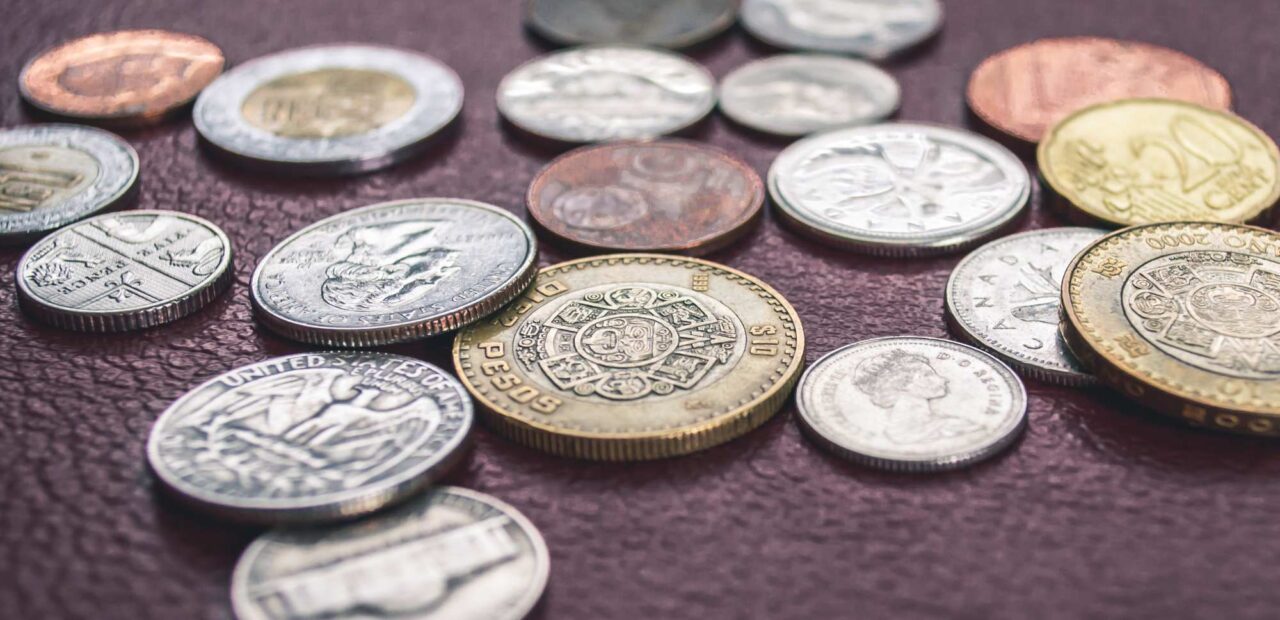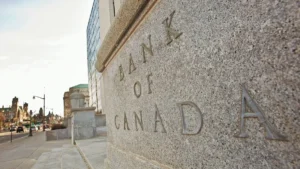This year, the Brazilian Real and the Mexican Peso have shown sufficient resilience and strength to challenge the long-standing hegemony of the US dollar. While the dollar has gained over 20% against the major G10 currencies, it has fallen against the currencies of Brazil and Mexico.
So far in 2023, the Mexican Peso has risen by 2.5% against the dollar, while the Brazilian Real has strengthened by more than 7%. Which represents an unusually robust performance by two significant emerging market economies in a region historically prone to currency collapses.
The Brazilian central bank revealed that the country recorded a current account surplus of $286 million in March, its strongest monthly figure in 17 years. This positive result was largely due to the favorable performance of its trade balance.
Although Brazil and Mexico have resisted the strengthening dollar, risks could still impact their currencies. For Brazil, the outcome of the presidential elections and the transition of power will continue to be critical factors. Any signs of political turmoil or uncertainty could cause a decline in the value of the Real.
Similarly, Mexico faces economic challenges, such as increasing inflation and concerns about a global recession. If financial data worsens and investor sentiment becomes more pessimistic, the Peso could weaken against the dollar.
Despite these risks, both countries have taken proactive measures to address the widespread price increases and maintain stability. Their central banks have raised interest rates to combat the rising cost of living, demonstrating their commitment to economic balance.
In response to rising inflation, Brazil began raising its benchmark interest rate in March last year, from a historic low of 2% to a five-year high of 13.75% in August. The Bank of Mexico has also been more aggressive than other financial institutions in raising interest rates to counter possible devaluation.
Furthermore, the strength of the export sectors in these countries has contributed to the resilience of their currencies. Mexico benefits from its diversified economy, which relies less on commodities, while high prices for agricultural and energy exports have supported Brazil.
Additionally, Mexico has one of the largest and most liquid remittance markets in the developing world, receiving constant inflows of dollars from workers living in the US. Remittances grew by 20% in 2022, reaching a record $58.497 billion, nearly double the $31 billion obtained from crude oil exports.
The stability of the currencies of Brazil and Mexico has attracted foreign investors. Their central banks have been praised for their independence and policies that have successfully achieved their inflation targets, contributing to cushioning the disruptions to their economies.
The Mexican currency has appreciated over 13% against the Real since late April and has room to continue advancing. While policymakers in Brazil are about to end the tightening cycle, Mexico is expected to see its central bank continue raising interest rates, further enhancing the attractiveness of the Peso.
Brazil and Mexico have managed to defy the dollar trend against many currencies worldwide. Undoubtedly, their monetary policy measures and economic diversification have contributed to their currencies’ empowerment.
However, the outcome of future political events and global economic conditions will continue to play a crucial role in shaping the future of these currencies.




